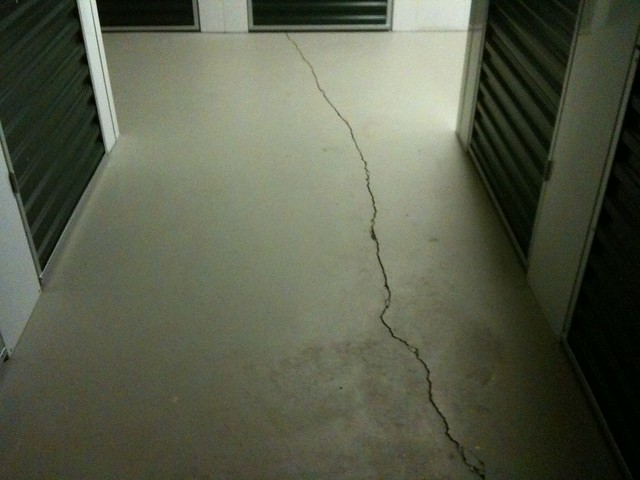Too often it’s assumed that small cracks in the drywall, or cabinet doors that don’t shut properly, are nothing more than the inevitable effects of an old house settling. The fact is these could be early signs of foundation failure and ignoring these signs could lead to significant foundation damage at some point in the future.
An ounce of prevention
Water is the main reason for most foundation failures. While your foundation supports your home, the earth surrounding your foundation is what keeps it stable. Inadequate, too much or uneven distribution of water in the soil can therefore affect the stability of your foundation.
Make certain the drainage around your home is adequate and that all gutters and downspouts are in proper working condition. If your soil is too dry, use a drip irrigation system to keep the soil perimeter around your home evenly moist. Expansive soil – soil that expands and shrinks excessively – is a problem for many homeowners and requires special consideration. Consult with your local building authority to learn if expanding soil is a known problem in your location.
Warning signs
Hairline cracks in the walls of older homes are likely not cause for concern. But sometimes you can tell by looking at cracks that your home’s foundation has actually moved. For example, cracks in a basement wall that have a step pattern may indicate that a foundation has shifted in a few different directions. And large cracks through which moisture enters the home are definitely cause for concern.
Time for repairs
Most repairs are best left to experienced, licensed foundation repair professionals, but with the right tools and knowhow, some homeowners could take the steps to repair their home’s foundation. “Slabjacking” or “mudjacking” is a process that involves pumping a slurry of concrete under the foundation’s low spots to essentially lift the home back up to level. For indoor repair, seal drywall cracks with a paintable silicone caulk or fill deep cracks with an epoxy putty and repaint.
The method known as “piling and piers” is appropriate for a large-scale repair and should be left for professionals. With this method piles are driven deep into the soil under the foundation until a stable layer is located. In some cases, a portion of the foundation may have to be completely excavated and rebuilt. Innovative hybrid piling systems combine both steel and concrete pilings to create a deep and strong support system for the foundation.
Don’t let drainage issues or small signs of “settling” continue without having your home’s foundation checked by a reliable expert. A failing foundation isn’t a problem that will resolve itself, and waiting for obvious signs of damage may cost tens of thousands of dollars more in repair bills and make your home inhabitable. A few simple adjustments to the moisture level around your home now could prevent major repairs later.
